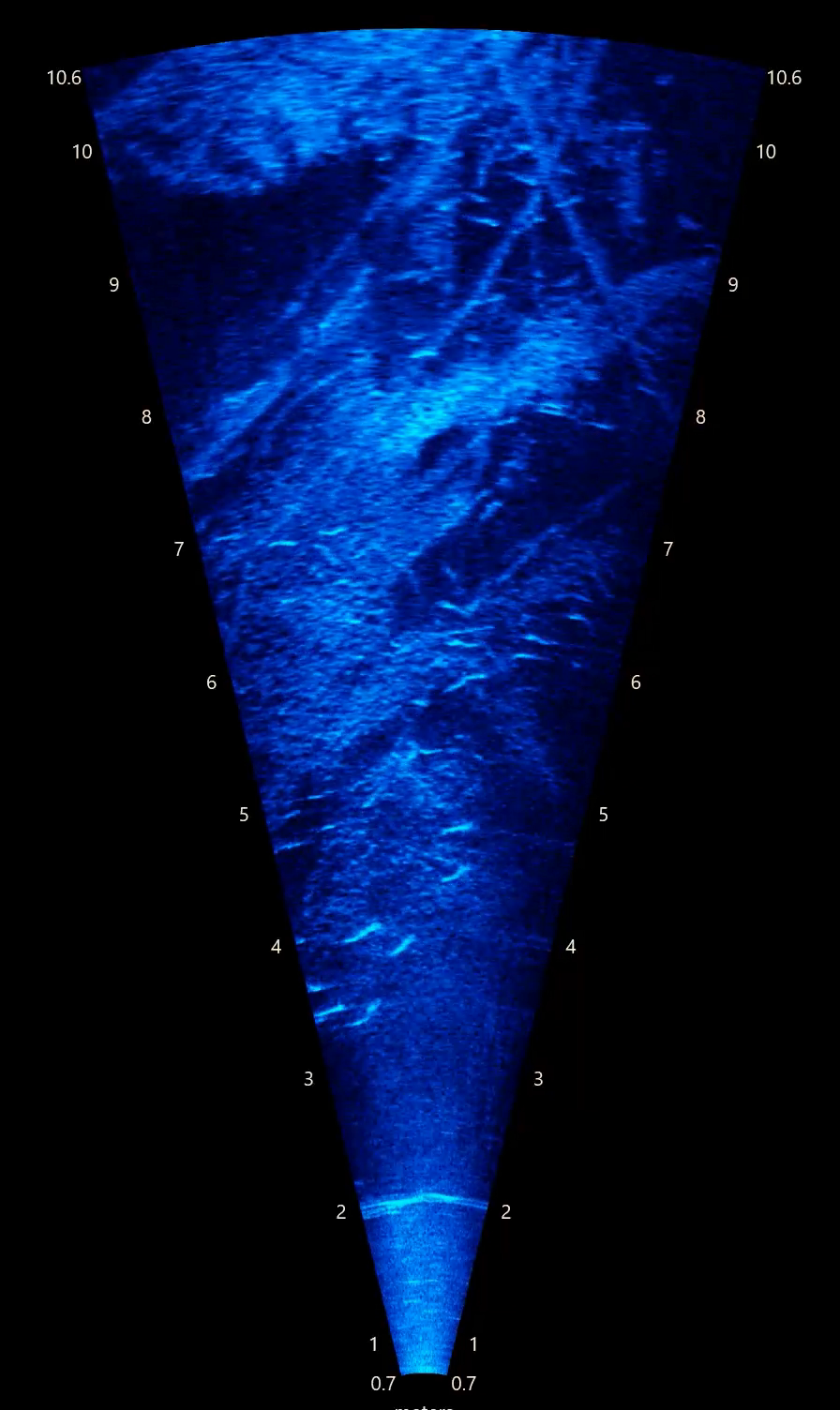4 September 2019
The project team investigating fish movement and sensitivity to contaminated mine water in the Top End’s Magela Creek have been collecting data on about 90 tagged fish from acoustic receivers deployed upstream and downstream of Ranger uranium mine.
They are trying to understand if fish in the freshwater creek move differently in the presence of salty mine wastewater. In addition to acoustic data, the team has been conducting sonar surveys in upstream and downstream billabongs. The sonar surveys give highly detailed information on fish species, size and behaviour while minimising the usual risks of research in northern Australian rivers. Preliminary findings show that fish are still moving both upstream and downstream past the mine site.
The sonar surveys give highly detailed information on fish species, size and behaviour while minimising the usual risks of research in northern Australian rivers.

The team is led by A/Prof David Crook from Charles Darwin University (CDU), with advice and field assistance coming from researchers with the Australian Government’s Supervising Scientist Branch.
David Crook and Dion Wedd from CDU recently travelled to Arendal, Norway to present their use of sonar surveys paired with acoustic tracking at the International Conference on Fish Telemetry, and Dion also discussed these early findings with Gundjeihmi Aboriginal Corporation’s Djurrubu Rangers who assisted with fieldwork. Read more in this project update and see this video to understand how the methods are working together.
Want to know more about the Resilient Landscapes Hub's activities and our research into practical solutions to environmental problems? Stay informed about activities, research, publications, events and more through the Hub newsletter.